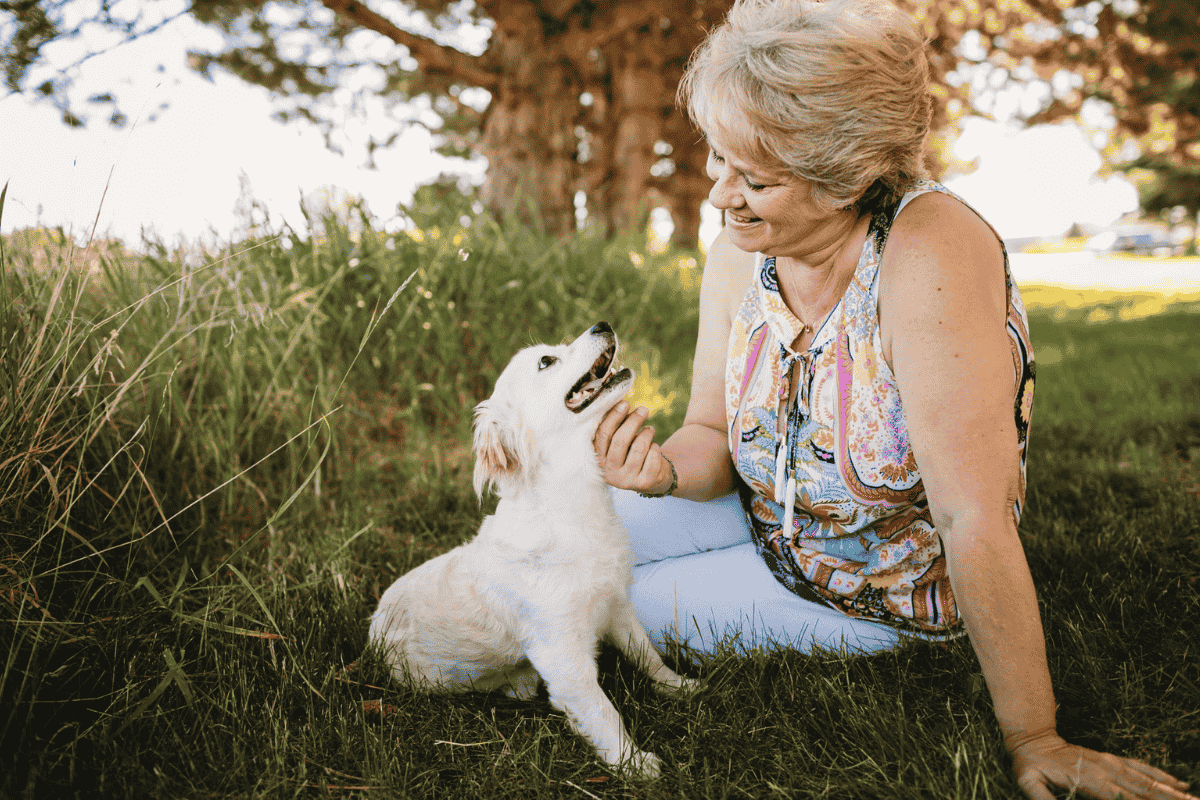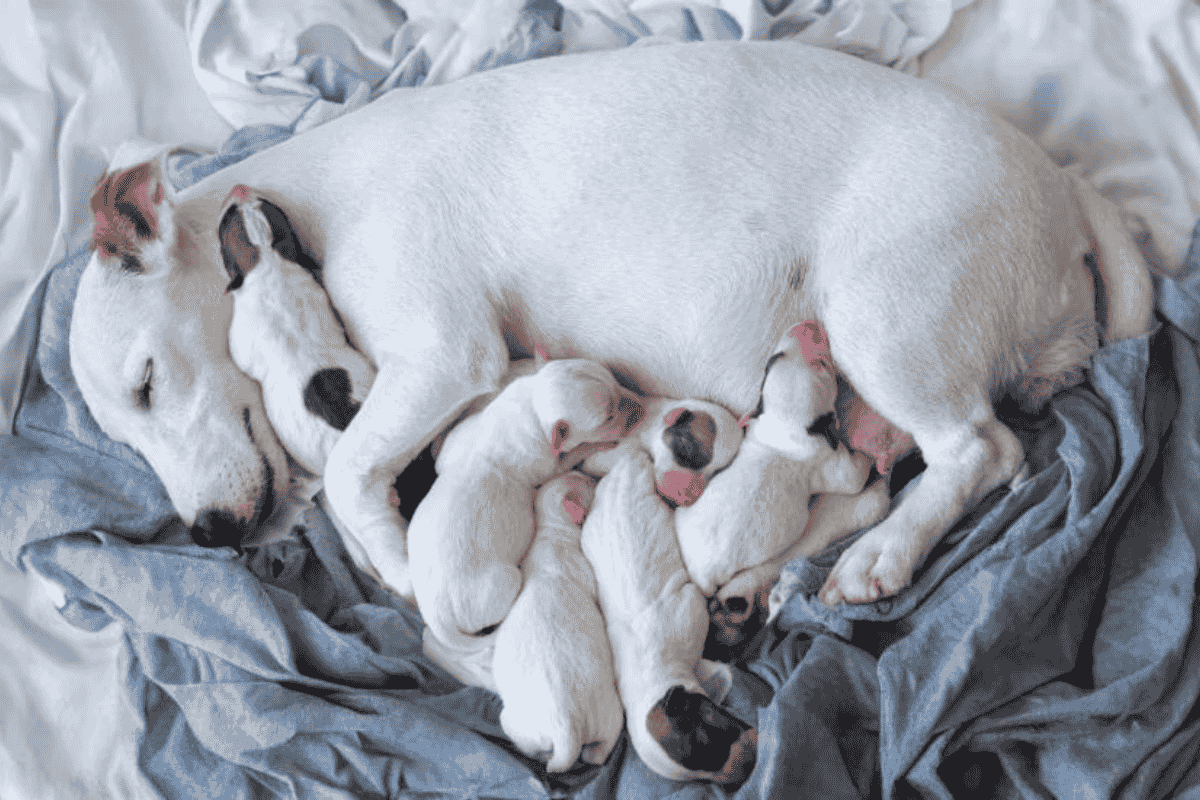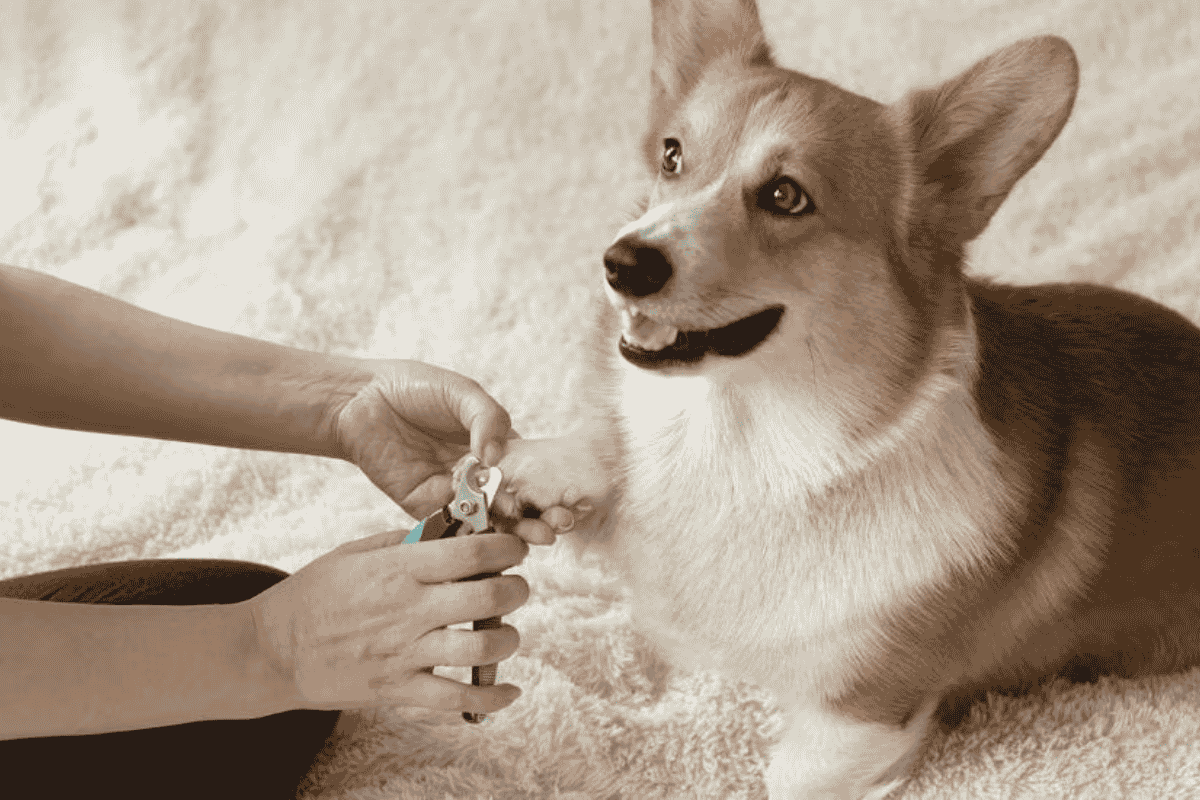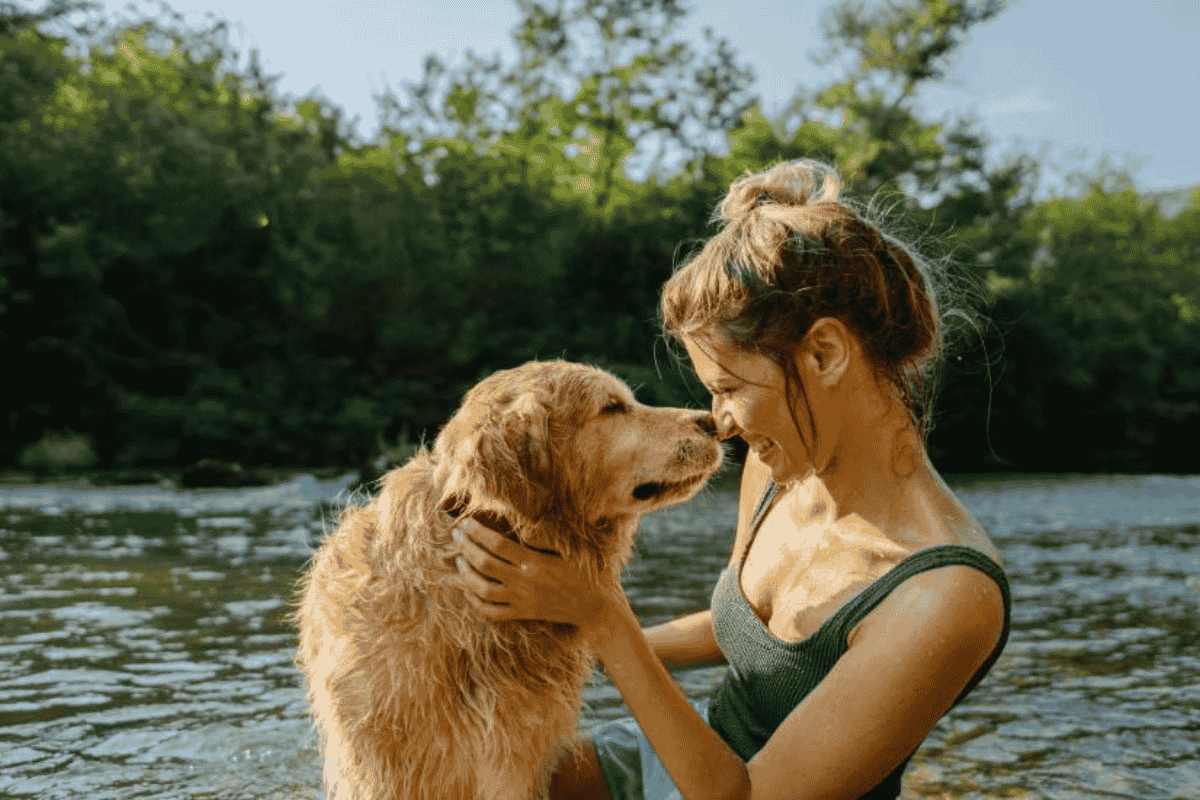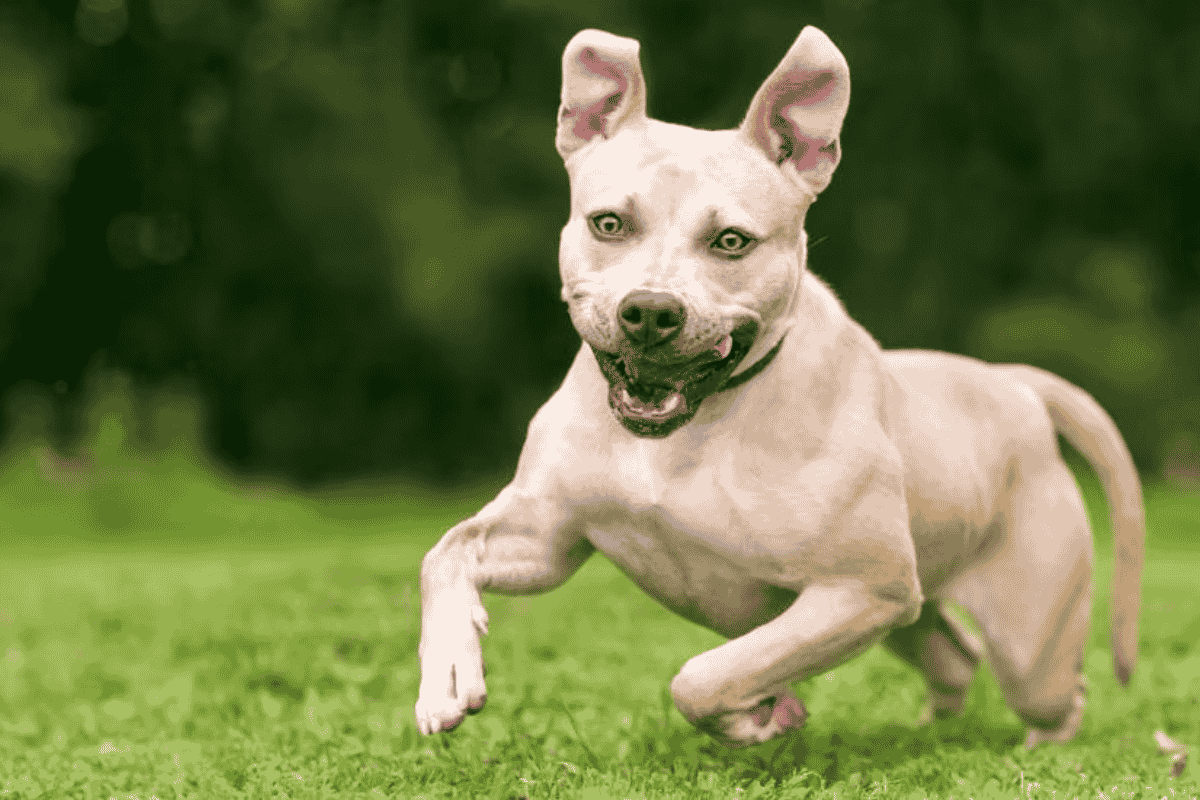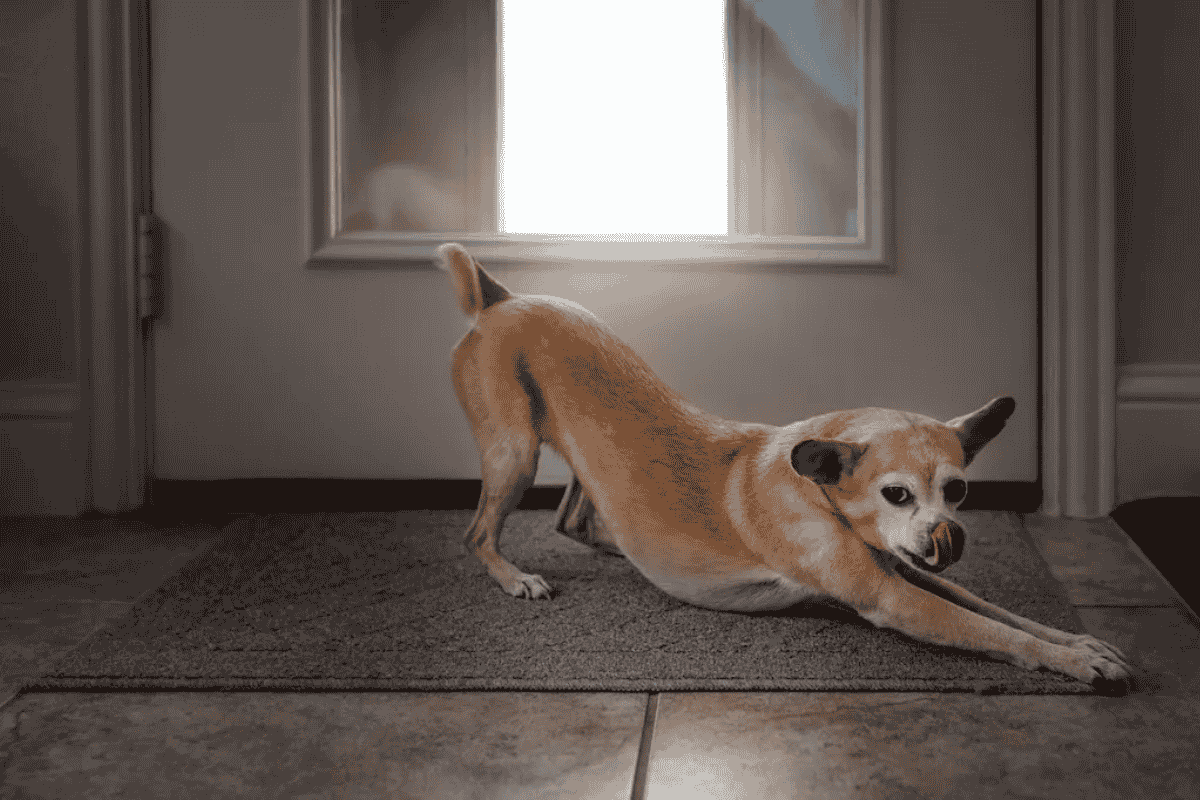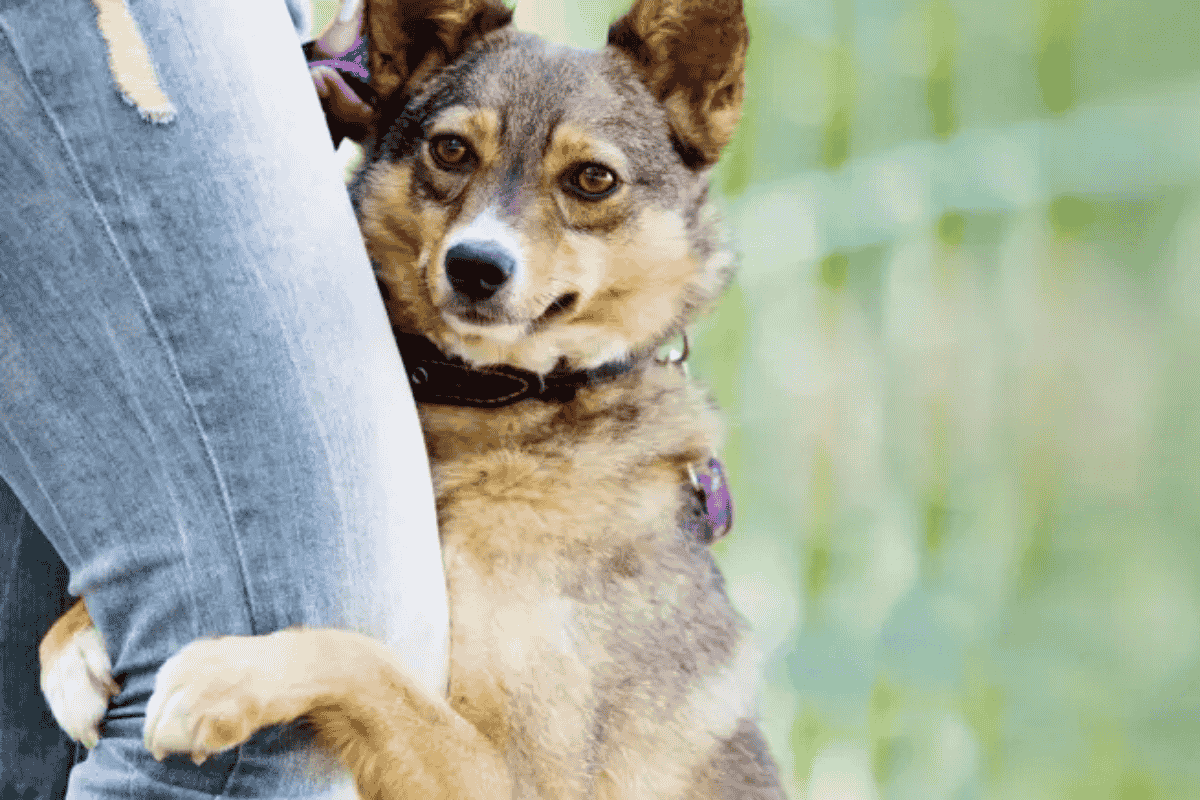For dogs to live happily in the human world, socialization is essential. Dogs that lack positive exposure to people, places, and experiences may become fearful or anxious, making everyday life stressful for them and their families.
Whether you’re working with a puppy or an older dog, socialization builds confidence and helps your pet feel safe in new situations.
When To Socialize a Dog
It’s never too late to socialize a dog, but the earlier, the better.
- Critical socialization period: 3–20 weeks of age. Puppies who experience varied, positive interactions during this time are more likely to grow into confident adults.
- Adult dogs: Can still be socialized, though it takes more time and patience. Working with a relationship-based behavior consultant is recommended.
Dog Socialization Tips
Avoid Flooding
Don’t overwhelm your dog with too much all at once. Overexposure can cause fear instead of confidence. Work at a pace your dog can handle.
Help Dogs Feel Safe
Reduce intensity by adjusting distance, duration, size, or volume of the trigger. Watch body language—if your dog looks uncomfortable, scale back.
Help Dogs Feel Happy
Pair new experiences with something your dog loves (like tasty treats). Over time, they’ll form positive associations.
Socialization Checklists
Use these lists as a guide, and add experiences specific to your lifestyle.
Introducing Dogs to People
People of different ages:
- Newborns, toddlers, children, teenagers, adults, seniors
People with differences or equipment:
- Loud voices, ethnic differences, canes, walkers, wheelchairs, oxygen users
People doing activities:
- Singing, dancing, jogging, clapping, skipping, whistling
People wearing different items:
- Hats, glasses, sunglasses, helmets, hooded coats, gloves, uniforms, masks
Introducing Dogs to Other Animals
- Cats and kittens
- Dogs and puppies
- Horses
- Small pets (rabbits, guinea pigs, etc.)
Introducing Dogs to Household Activities
- Vacuum, broom, mop
- Nail clippers, brushes, clippers
- TV, radio, alarm clocks, fans
- Balloons, plastic bags, toys, kites
- Recorded storm sounds
- Dropped objects
Introducing Dogs to the Outside World
- Car rides
- Bicycles, skates, shopping carts
- Different flooring and stairs
- Bridges, elevators, automatic doors
- Coffee shops and parks
- Visiting friends’ homes
- Vet and grooming visits (with treats)
Socialization is about safety, patience, and positivity. By gradually exposing your dog to new people, places, and experiences—while ensuring they feel safe and rewarded—you help them grow into a confident, well-adjusted companion.
